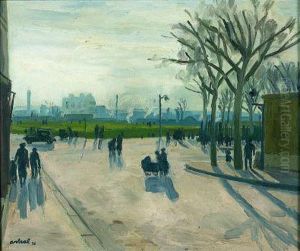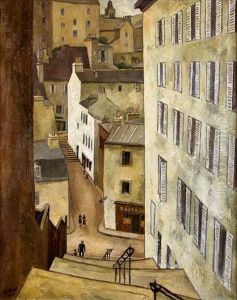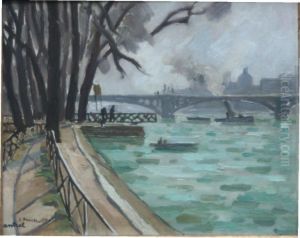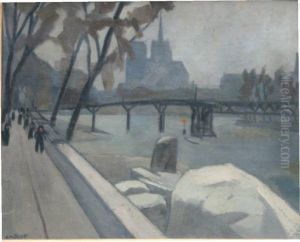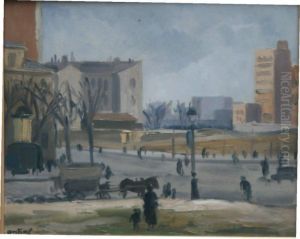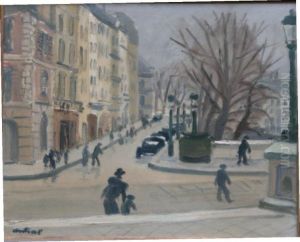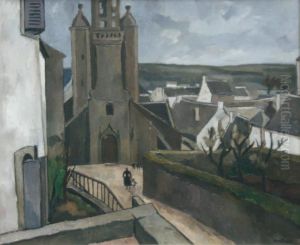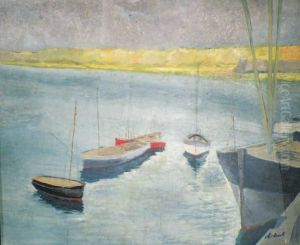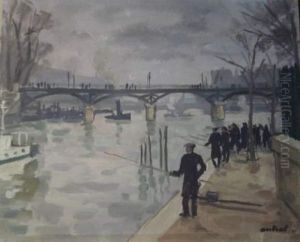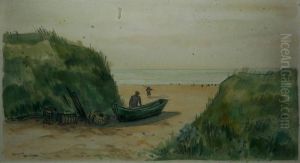Louis R. Antral Paintings
Louis Roger Antral was a French painter born in Châlons-sur-Marne, France, in 1895. His artistic journey began at a young age, influenced by the vibrant cultural scene of early 20th century France. Antral's work is often categorized within Post-Impressionism, a movement that sought to build upon the impressions captured by earlier Impressionists but with a greater emphasis on structure and form. However, Antral brought his unique perspective to the movement, incorporating elements of Cubism and Fauvism, which added a dynamic and colorful aspect to his compositions.
Antral's formative years were spent studying at the School of Fine Arts in Paris, where he honed his craft under the guidance of prominent artists of the time. His early work was marked by a fascination with the interplay of light and shadow, a theme that would continue to influence his artistic endeavors throughout his career. Despite the outbreak of World War I, Antral's passion for art remained undeterred, and he continued to paint and exhibit his work when possible.
The post-war period was a time of creative flourishing for Antral. He became an active participant in Paris's artistic circles, engaging with other artists, poets, and intellectuals. His work from this period reflects a deepening of his stylistic explorations, with a notable shift towards more structured compositions that nonetheless retained a vibrant, emotive quality. Antral's paintings often depicted urban scenes, landscapes, and still lifes, rendered in a palette that was at once bold and nuanced.
Tragically, Louis R. Antral's life and career were cut short when he died in 1939, at the age of 44. Despite his relatively brief career, Antral left behind a body of work that continues to be celebrated for its contribution to the development of modern art in France. His paintings are held in various public and private collections, testament to the enduring appeal of his artistic vision. Antral's legacy is that of an artist who was constantly evolving, pushing the boundaries of contemporary art during a period of significant cultural and social change.
